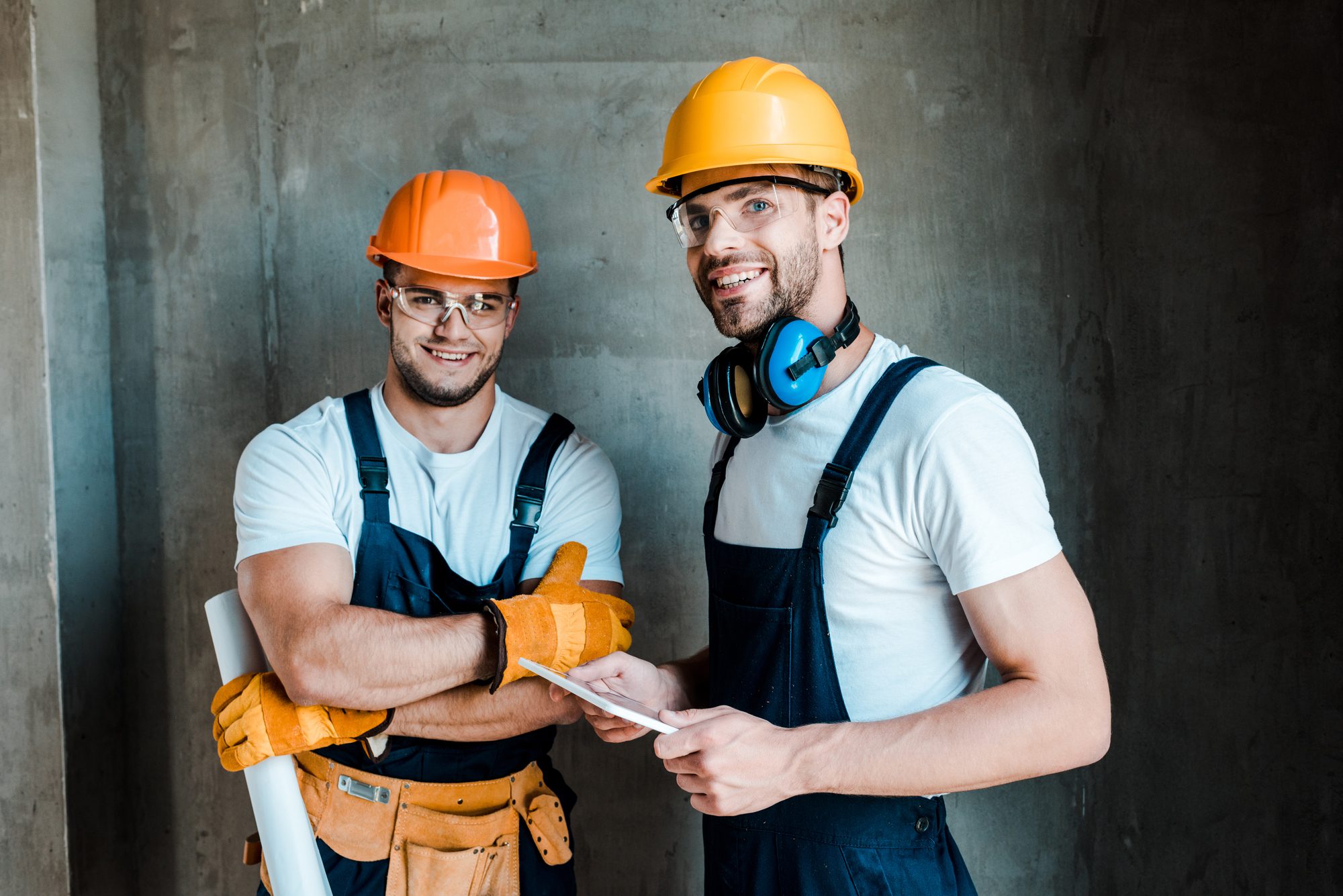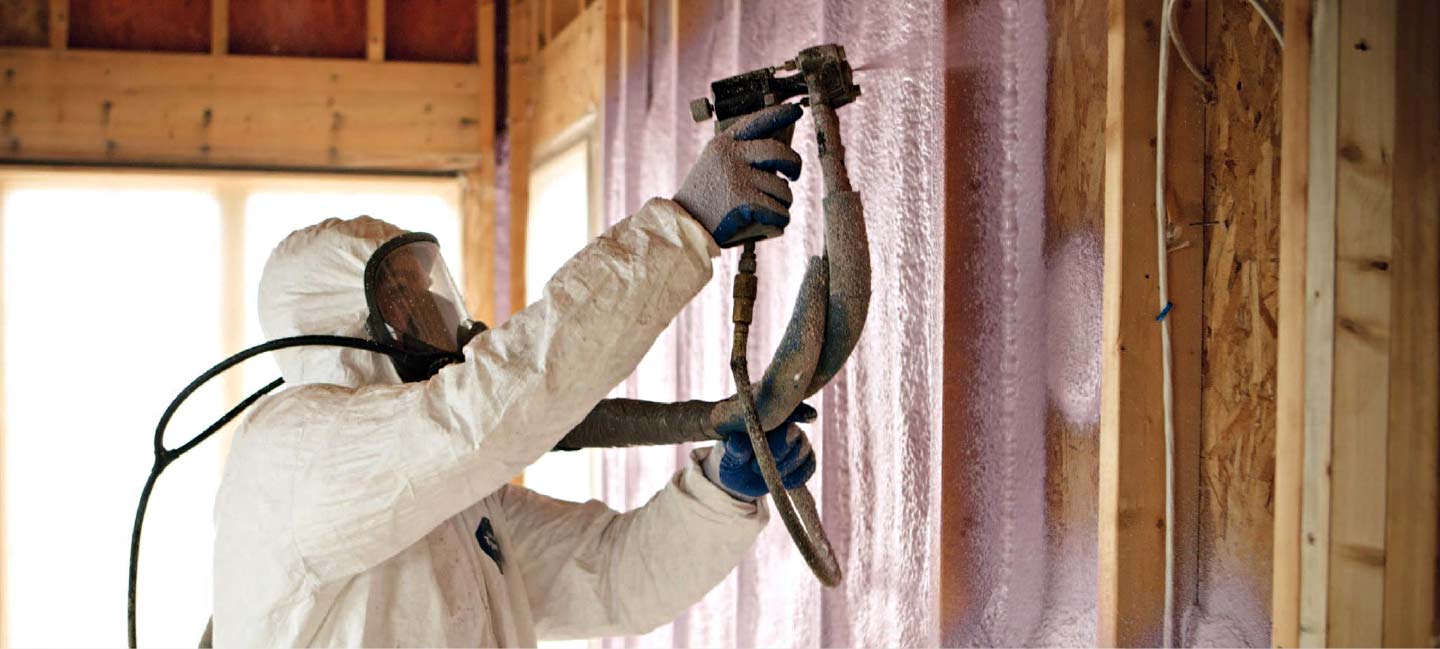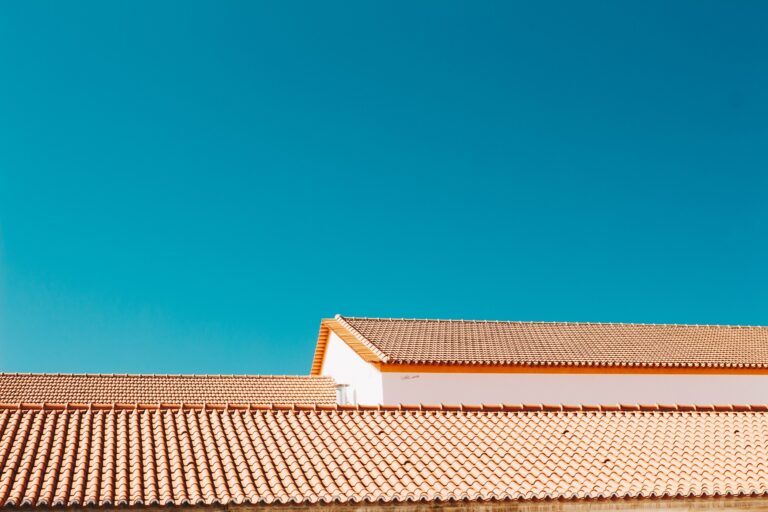Is Your Home Insulation Ready for the Texas Heatwave?
Living in San Antonio, Texas means enjoying sunny days and warm weather, but it also means facing scorching heatwaves that can put a strain on your home’s cooling system. One of the most critical components in keeping your home comfortable during these hot spells is insulation. However, over time, insulation can degrade, leading to decreased effectiveness and higher energy bills. Let’s discuss signs that your home may need new insulation to stay cool and comfortable during the next Texas heatwave.
- Skyrocketing Energy Bills: One of the first signs that your home may need new insulation is a sudden increase in energy bills, especially during the hotter months. As insulation loses its effectiveness, your cooling system works harder to maintain a comfortable temperature, leading to higher energy consumption and increased costs. If you notice a significant spike in your energy bills without a corresponding increase in usage, it could be a sign that your insulation needs attention.
- Uneven Temperature Distribution: Do you find that some rooms in your home are consistently warmer than others, despite running your air conditioning? Uneven temperature distribution can be a telltale sign of inadequate insulation. When insulation deteriorates or becomes compressed, it fails to regulate indoor temperatures effectively, resulting in hot spots throughout your home. If you notice significant temperature variations from room to room, it’s worth inspecting your insulation for potential issues.
- Drafts and Air Leaks: Insulation not only helps keep your home cool in the summer but also plays a crucial role in preventing drafts and air leaks year-round. Over time, insulation can develop gaps or become damaged, allowing conditioned air to escape and outdoor air to seep in. Take note of any drafts or noticeable air leaks around windows, doors, or electrical outlets, as these could indicate insulation problems that need addressing.
- Pests and Pest Infestations: Unfortunately, pests like rodents and insects can wreak havoc on your home’s insulation. They may nest in your attic or walls, damaging or displacing the insulation in the process. If you notice signs of pest activity in your home, such as droppings, chewed wires, or gnaw marks, it’s essential to inspect your insulation for damage. Pest infestations not only compromise the effectiveness of your insulation but also pose health and safety risks to your family.
- Age of Existing Insulation: As with many components of your home, insulation has a lifespan and will eventually need to be replaced. If you’re unsure about the age or condition of your existing insulation, it’s worth consulting with a professional insulation contractor for an assessment. Older homes, in particular, may have insulation that no longer meets current energy efficiency standards, making an upgrade a wise investment for long-term comfort and savings.
Don’t wait until the next Texas heatwave hits to address potential insulation issues in your home. By paying attention to signs such as skyrocketing energy bills, uneven temperature distribution, drafts and air leaks, pest infestations, and the age of your existing insulation, you can take proactive steps to ensure your home remains cool and comfortable year-round. If you’re in San Antonio, Texas and suspect that your insulation may be failing or inadequate, don’t hesitate to reach out to Geo Insulation for a professional inspection, and recommendations tailored to your specific needs. With the right insulation upgrades, you can beat the heat and enjoy a more energy-efficient home for years to come.







